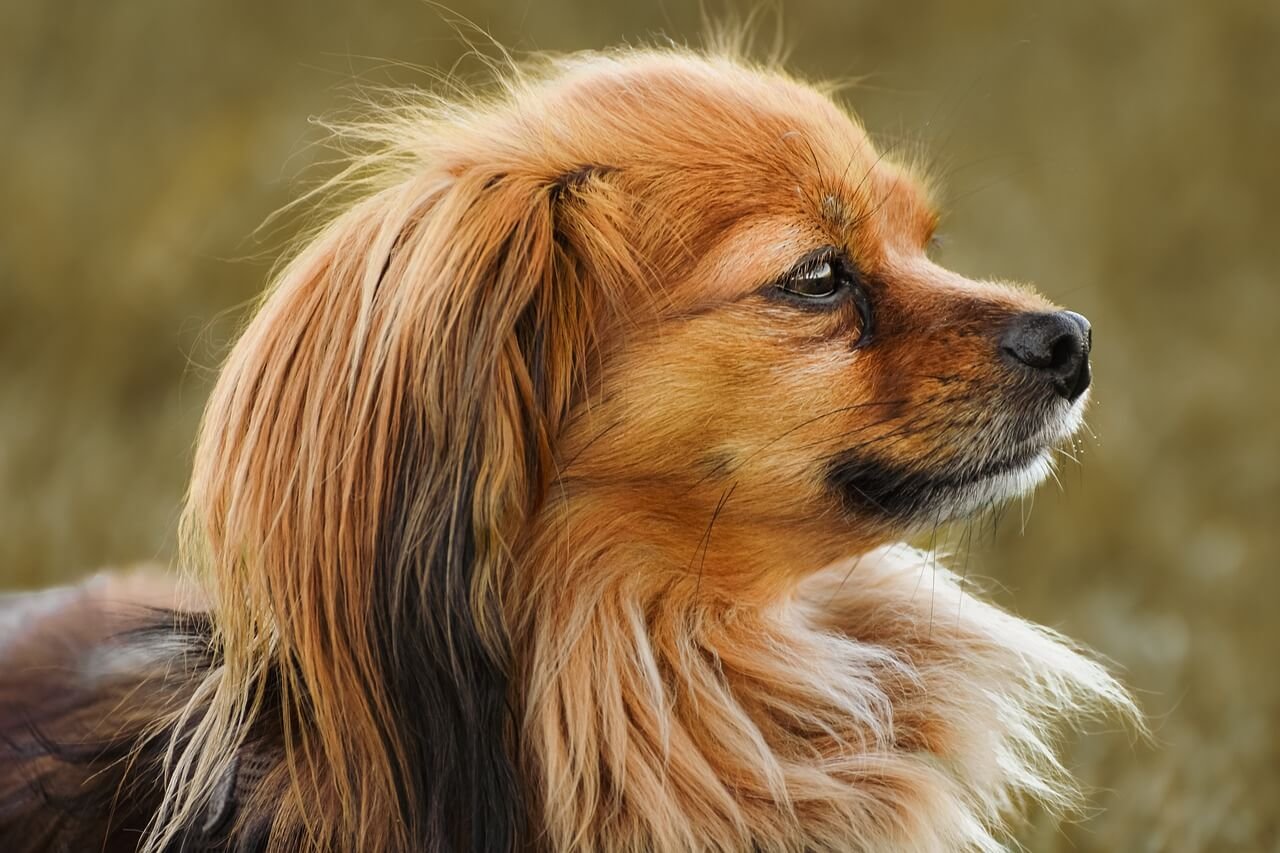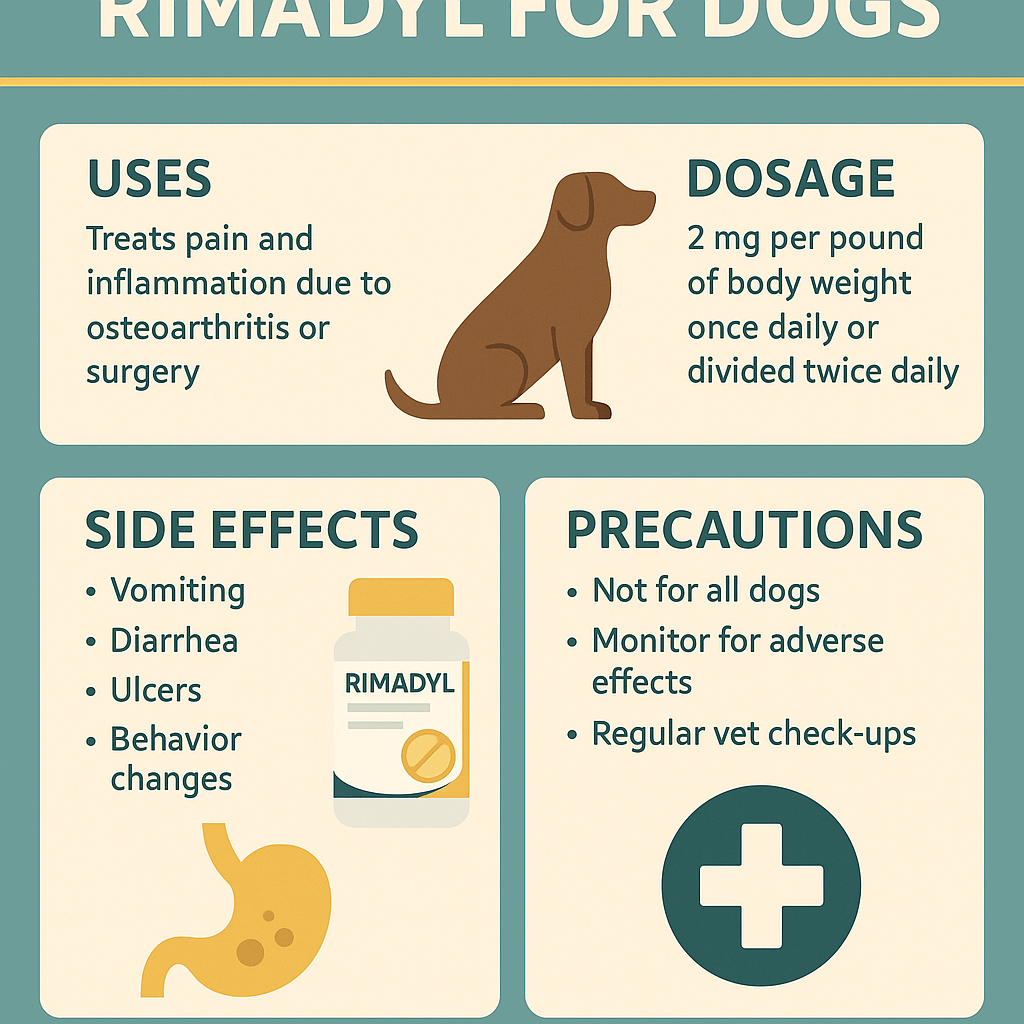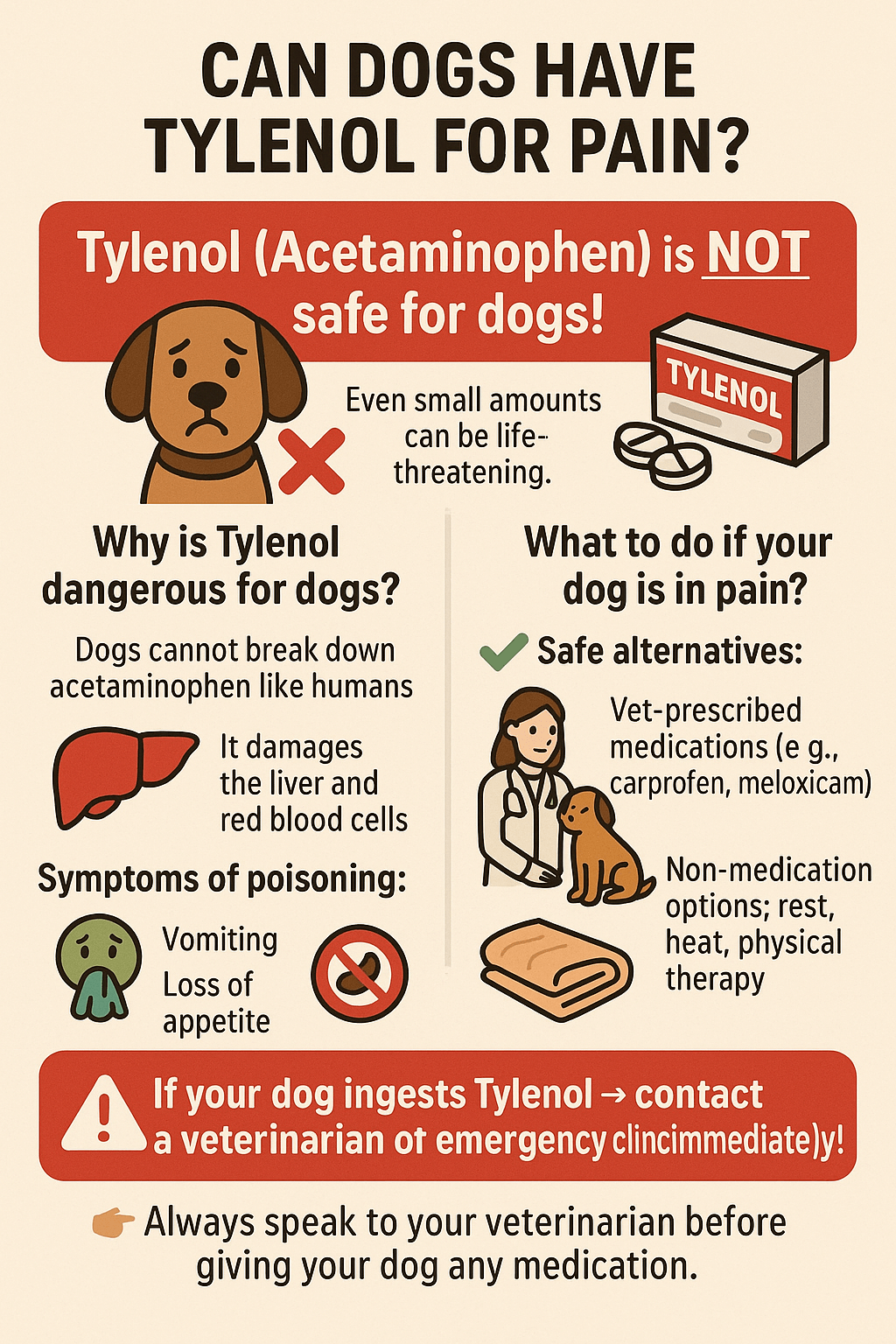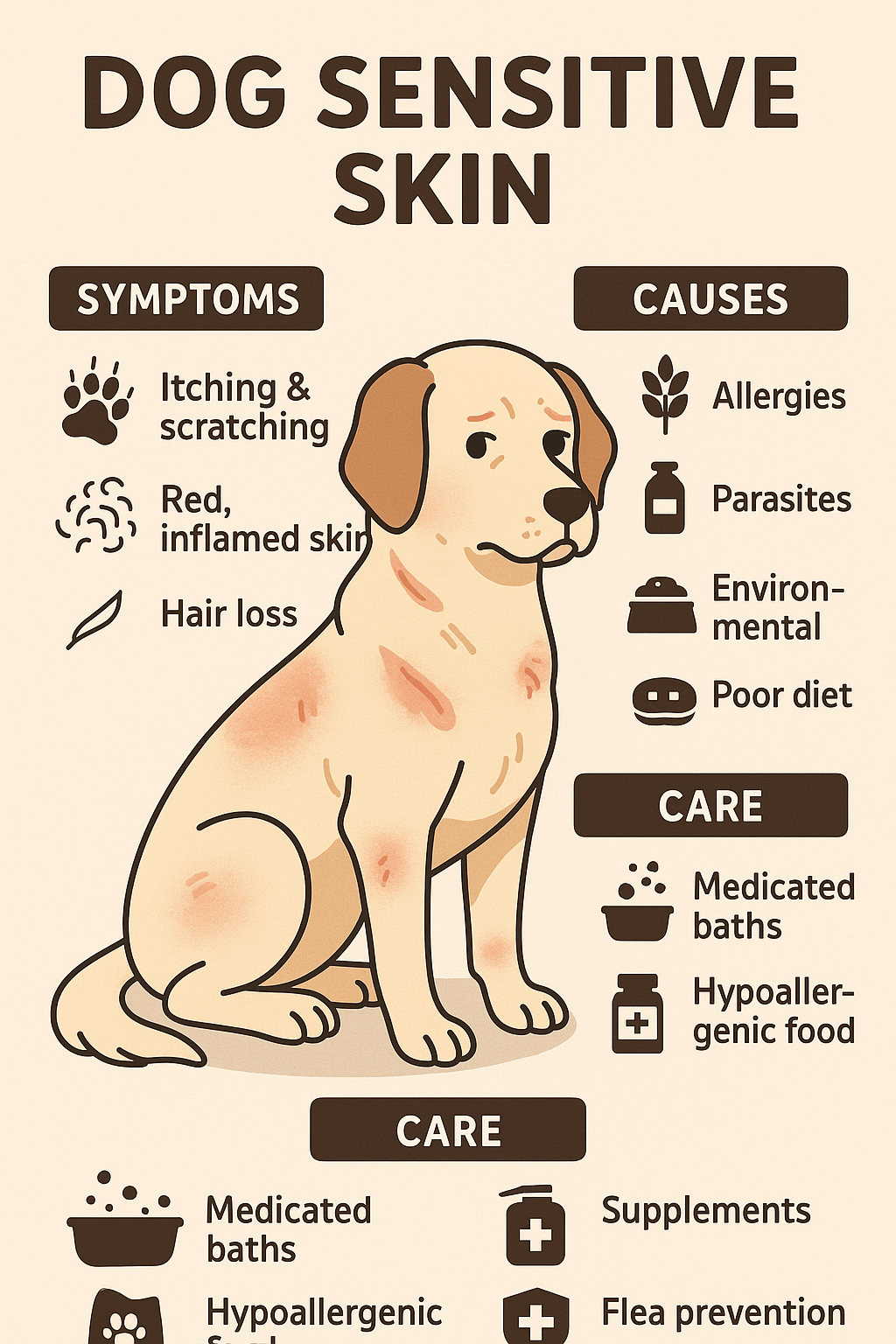Understanding Luxating Patella Massage: Best 7 Expert Tips!
Every dog owner knows the joy of watching their furry friend bound around with endless energy. But what happens when that playful leap turns into a limp? One common issue that affects many dogs, especially small breeds, is luxating patella—a condition where the kneecap slips out of its normal position. While veterinary care is essential, complementary therapies like massage can play a crucial role in managing this condition. In this blog post, we’ll explore how dog massage can provide relief and support for pups dealing with luxating patella, helping them regain mobility and comfort.
What is Luxating Patella? Key Facts Every Dog Owner Should Know
Luxating patella, also known as a dislocated kneecap, is a common orthopedic issue in dogs. It occurs when the patella moves out of its natural groove in the femur. Here are some important points to understand about this condition:
- Common in Small Breeds : Breeds like Chihuahuas, Pomeranians, and Yorkshire Terriers are more prone to this condition due to their anatomy.
- Grades of Severity : Luxating patella is categorized into four grades, ranging from mild (Grade 1) to severe (Grade 4).
- Symptoms to Watch For : Signs include limping, skipping steps, or holding the leg up temporarily.
- Causes : The condition can be genetic or result from trauma or poor joint development.
- Treatment Options : Mild cases may require rest and physical therapy, while severe cases might need surgery.
Understanding these basics can help you recognize the signs early and take proactive steps to support your dog’s well-being. Remember, knowledge is power when it comes to caring for your pet.
How Can Massage Help Dogs with Luxating Patella?
Massage isn’t just a luxury for humans—it can also work wonders for dogs with luxating patella. By targeting specific muscle groups and improving circulation, massage can alleviate discomfort and enhance mobility. Here’s how it benefits your furry companion:
- Reduces Muscle Tension : Tight muscles around the knee can exacerbate the condition; massage helps relax them.
- Improves Blood Flow : Enhanced circulation promotes healing and reduces inflammation.
- Increases Flexibility : Gentle stretching during massage can improve range of motion in the affected leg.
- Relieves Pain : Massage triggers the release of endorphins, which act as natural painkillers.
- Strengthens Bond : Regular massage sessions strengthen the emotional connection between you and your dog.
Incorporating massage into your dog’s routine can make a significant difference in their quality of life. With patience and care, you can help your pup feel more comfortable and active.
Expert Opinion: The Role of Massage in Managing Luxating Patella
“Massage can be a highly effective complementary therapy for dogs with luxating patella,” says Dr. Sarah Collins, a certified veterinary rehabilitation specialist. “It not only alleviates muscle tension and improves circulation but also enhances the dog’s overall comfort and mobility, making it a valuable tool in their recovery journey.”
Check this guide 👉 Should You Walk a Dog with Luxating Patella? Best 7 Tips!
Check this guide 👉 Understanding Dog Hyperkeratosis: Best 7 Expert Tips!
Check this guide 👉 Understanding Carpal Hyperextension in Dogs: Best 7 Tips!

Benefits of Massage | Tips for Effective Massage |
|---|---|
Reduces muscle tension | Start with gentle strokes to warm up the area |
Improves blood circulation | Focus on the muscles around the knee joint |
Enhances flexibility and mobility | Use slow, deliberate movements for best results |
Relieves pain naturally | Avoid applying pressure directly on the kneecap |
Strengthens the human-dog bond | End with calming strokes to relax your dog |
Step-by-Step Guide to Massaging Your Dog’s Knee
Massaging your dog doesn’t have to be complicated. With a few simple techniques, you can provide much-needed relief. Follow these steps to get started:
- Create a Calm Environment : Choose a quiet space where your dog feels safe and relaxed.
- Warm Up the Area : Begin with light strokes along the leg to prepare the muscles.
- Focus on Surrounding Muscles : Concentrate on the quadriceps and hamstrings rather than the kneecap itself.
- Use Circular Motions : Gently rub in small circles to stimulate blood flow and loosen tightness.
- Stretch the Leg Carefully : Extend the leg slowly to encourage flexibility without causing strain.
Remember, consistency is key. Regular sessions will yield better results over time, so make massage part of your dog’s wellness routine.
When to Seek Professional Help: Signs Your Dog Needs More Than Massage
While massage can be incredibly beneficial, there are times when professional intervention is necessary. Keep an eye out for these warning signs:
- Persistent Limping : If your dog continues to limp despite regular massage, consult a vet.
- Severe Pain : Excessive crying or resistance during touch indicates deeper issues.
- Swelling or Inflammation : Visible swelling around the knee requires immediate attention.
- Difficulty Walking : If your dog struggles to walk or stand, it could signal advanced patellar luxation.
- Behavioral Changes : Increased irritability or lethargy may point to underlying problems.
Knowing when to seek expert advice ensures your dog receives the appropriate care they need. Always prioritize their health and well-being above all else.
Benefits of Regular Exercise for Dogs with Luxating Patella
Exercise plays a vital role in managing luxating patella by strengthening the muscles that support the knee joint. However, it’s important to choose low-impact activities that won’t strain your dog further. Here are some safe exercise options:
- Short, Controlled Walks : Gentle walks on flat surfaces help maintain mobility without overexertion.
- Swimming : A low-impact activity that builds muscle strength while reducing stress on joints.
- Balance Training : Using tools like balance discs or wobble boards can improve stability and coordination.
- Stretching Exercises : Simple stretches target key muscle groups, enhancing flexibility and comfort.
- Avoid High-Impact Activities : Running, jumping, or playing fetch should be minimized to prevent aggravation.
Incorporating these exercises into your dog’s routine can significantly improve their overall condition. Always tailor the intensity and duration to your dog’s specific needs and abilities.
Nutritional Support for Joint Health
A well-balanced diet rich in nutrients can complement massage and exercise in managing luxating patella. Proper nutrition supports cartilage repair, reduces inflammation, and promotes joint health. Consider these dietary tips:
- Omega-3 Fatty Acids : Found in fish oil, these reduce inflammation and support joint lubrication.
- Glucosamine and Chondroitin : Supplements that promote cartilage repair and slow down joint degeneration.
- Lean Protein Sources : Chicken, turkey, and fish provide essential amino acids for muscle development.
- Antioxidant-Rich Foods : Blueberries, spinach, and sweet potatoes combat oxidative stress and aid recovery.
- Hydration : Ensure your dog drinks plenty of water to keep joints hydrated and functioning optimally.
By prioritizing joint-friendly nutrition, you’re giving your dog the building blocks they need to thrive. Consult your vet before introducing new supplements or dietary changes.
Creating a Comfortable Environment at Home
A supportive home environment can make a world of difference for dogs with luxating patella. Small adjustments can reduce stress on their joints and enhance their daily comfort. Here are some practical ideas:
- Orthopedic Dog Beds : Provide cushioned support to alleviate pressure on joints during rest.
- Non-Slip Flooring : Rugs or mats prevent slipping, which can worsen the condition.
- Ramps or Steps : Help your dog access furniture or vehicles safely without jumping.
- Warmth During Cold Weather : Use blankets or heated pads to soothe stiff joints in chilly conditions.
- Limited Stair Access : Block off stairs to minimize unnecessary strain on their knees.
These simple modifications not only protect your dog’s joints but also create a safer and more enjoyable living space. Every thoughtful change contributes to their long-term well-being.
Frequently Asked Questions About Luxating Patella and Dog Massage
Can massage cure luxating patella in dogs?
No, massage cannot cure luxating patella but can significantly reduce symptoms and improve comfort.
How often should I massage my dog’s leg?
Aim for 10–15 minutes daily or every other day, depending on your dog’s tolerance and needs.
Is it safe to massage a dog with severe luxating patella?
Yes, but always consult your vet first to ensure massage won’t worsen the condition.
Can I use oils during the massage?
Yes, pet-safe oils like coconut oil can enhance the experience, but avoid anything toxic to dogs.
What if my dog resists the massage?
Stop immediately and try again later. Building trust is crucial for successful massage sessions.
Empowering Your Dog’s Journey to Wellness
Caring for a dog with luxating patella can be challenging, but incorporating massage into their care plan offers a holistic way to support their recovery. By understanding the condition, learning proper techniques, and knowing when to seek professional help, you’re taking meaningful steps toward ensuring your pup’s happiness and health. Remember, every little effort counts—whether it’s a soothing massage or simply spending quality time together. With love, patience, and dedication, you can help your dog live a fulfilling life, free from unnecessary pain.
Rimadyl for Dogs: Best 7 Expert Tips! Discover expert advice on using Rimadyl safely, managing pain, and improving your dog’s mobility with trusted veterinary insights.
Can Dogs Have Tylenol for Pain? Best 7 Expert Tips! Discover the risks, safe alternatives, and expert advice on managing your dog’s pain effectively while avoiding harmful medications.
Understanding Hemophilia in Dogs: Best 7 Expert Tips! Discover expert advice on managing hemophilia, recognizing symptoms, and ensuring your dog’s well-being with practical care strategies.
Understanding Dog Sensitive Skin: Best 7 Expert Tips! Discover expert advice on managing dog sensitive skin, relieving irritation, and improving your pup’s comfort with practical solutions.





